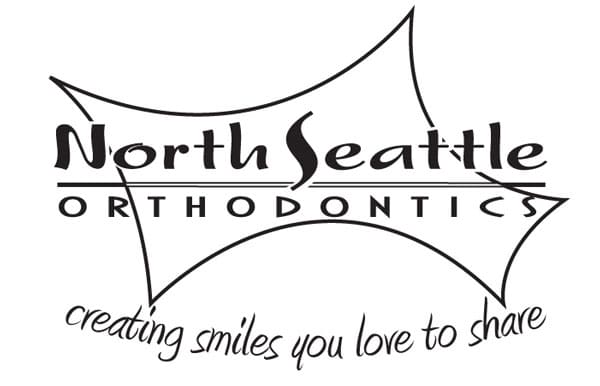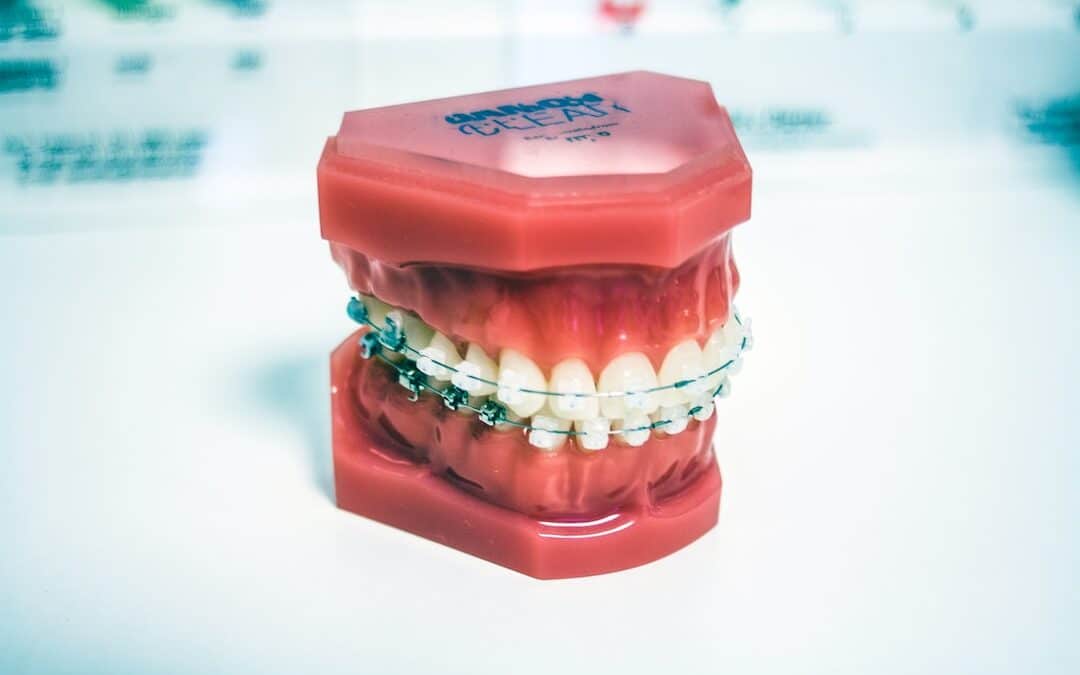About four million people younger than age 18 in North America need braces. While most people begin treatment between the ages of 11 and 14, adults can benefit from orthodontic treatment, too. You might not recognize the signs you need braces until you’re older.
Here are a few indicators that you or your child should visit an orthodontist to discuss getting braces. Braces can straighten your teeth, minimize orthodontic issues, and strengthen your self-confidence.
Read on to discover the signs you need orthodontic treatment today.
Crooked Teeth
One of the most obvious indicators you need orthodontic treatment is if your teeth appear crooked.
Take a look in the mirror and ask yourself if your:
- Teeth appear in a straight pattern
- Teeth balance out together
- Smile appears straight and symmetrical
Crooked teeth can affect your appearance, hurting your self-esteem in the process. They can also affect your oral health. For example, you might find it’s more difficult to brush and floss your teeth if they’re crooked.
Your risk of premature tooth decay could increase as a result.
Thoroughly brushing and flossing your teeth can minimize tooth decay and gum disease. Otherwise, food particles and bacteria can mix to form plaque. Plaque is a tacky, clear substance that can cling to and between your teeth.
If you fail to brush all plaque away, it can harden into tartar. The plaque can also release acid, damaging your protective tooth enamel. Your risk of oral health issues can increase as plaque and tartar develop.
Crooked teeth can also affect your ability to chew thoroughly. If food isn’t chewed thoroughly, you could experience digestive issues.
A crooked tooth could increase the likelihood of damage in the event of an accident, too. For example, you might scratch the inside of your cheek in a car or sporting accident. The tooth could even get knocked out.
If your teeth appear crooked, talk to your orthodontist about beginning treatment. Straightening your teeth will improve your appearance, oral health, and overall health.
Gaps Between Teeth
If there’s a noticeable gap between your teeth, consider visiting your local orthodontist to begin treatment. Braces can close the gaps between your teeth while straightening your smile.
Leaving gaps between your teeth can give food particles and plaque more places to hide. They can also appear unseemly, affecting your appearance. You can tighten the gap between your teeth with orthodontic treatment.
Neglecting to close the gaps between your teeth could increase your risk of gingivitis. Gum disease can cause your gum line to recede. The gaps between your teeth might look more prominent as a result.
Gingivitis is also one of the major causes of tooth loss in adults.
When left untreated, gingivitis can progress to the advanced stage of gum disease, periodontitis. Periodontitis can increase your risk of other health concerns, including diabetes, lung disease, stroke, and heart disease.
Straightening your teeth with braces can keep food particles and plaque from getting trapped between your teeth. You’ll also have an easier time brushing and flossing, reducing your risk of gum disease.
An Overbite
If your upper front teeth overlap with your lower front teeth, you have an overbite. You might feel self-conscious when you smile. An overbite can also increase your risk of other health and oral problems.
For example, there’s an increased risk of trauma to your front teeth. You might fracture a tooth during an accident. An overbite can also lead to gum recession and tooth wear if left untreated.
Talk to your orthodontist if your top teeth overlap with your bottom teeth. They can recommend different orthodontic treatment options.
A Crossbite
If an upper tooth crosses behind a lower, opposing tooth, you likely have a crossbite. Don’t leave a crossbite untreated.
Without treatment, a crossbite can cause asymmetric jaw growth. The affected teeth are at increased risk of gum recession. Your protective tooth enamel could wear down over time, too.
The longer you wait to begin treatment, the more difficult it is to fix your worn or fractured teeth.
An Underbite
If your upper front teeth fall behind your lower front teeth, you have an underbite. An underbite can occur if you have a disproportionate jaw size.
Let your orthodontist know if you have difficulty biting or chewing.
When left untreated, an underbite can cause accelerated facial aging. You might develop an imbalanced facial appearance, too. Beginning treatment can improve your appearance and oral health.
Pain When Chewing
You might experience pain when chewing or have difficulty biting into food if your teeth aren’t in proper alignment. You might start biting the inside of your cheeks and tongue when eating as well.
An overbite or underbite could cause these problems.
Jaw Sounds
Let your orthodontist know if your jaw shifts in strange ways or makes sounds. A jawline problem could occur due to developmental issues.
You might notice pain in your jaw frequently, too. Your orthodontist can determine if traditional metal braces are an ideal option for treatment.
Don’t Ignore These Signs You Need Braces
If these signs you need braces sound familiar, don’t hesitate to schedule an appointment at your orthodontist’s office. Beginning treatment right away can keep orthodontic issues from affecting your oral and overall health. Instead, you can straighten teeth for a beautiful, healthy smile.
Consider getting braces to straighten your teeth today.
Want to discuss your treatment options with your orthodontist? We’re here for you.
Contact us today to schedule an appointment.

